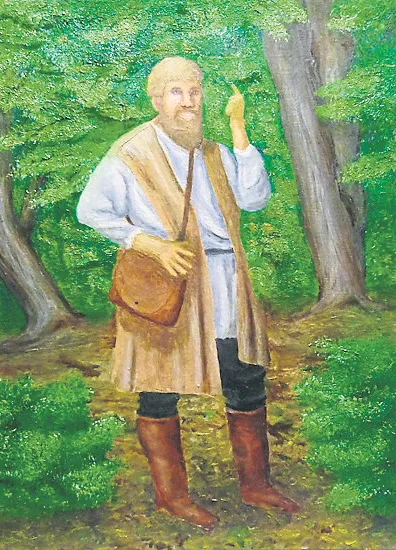Very few of the Anabaptists, whom we began to look at last month, were trained theologians.
This meant that there was a range of theological diversity among the Anabaptists. Some denied the Trinity, some affirmed that Christ’s humanity was eternal, ‘celestial flesh’, and some rejected the Bible as the inspired Word of God. Not surprisingly, the theological errors of such people marred the entire movement for mainstream Reformers like Luther and John Calvin. But the movement really needs to be judged on the best of its thinking.
The Schleitheim Confession
A good window into the best of evangelical Anabaptist thought can be found through the Schleitheim Confession, drawn up in February 1527 by Swiss and South German Anabaptists at Schleitheim, a small village near the border of Germany and Switzerland. Its primary author is usually regarded as Michael Sattler (1490–1527).








